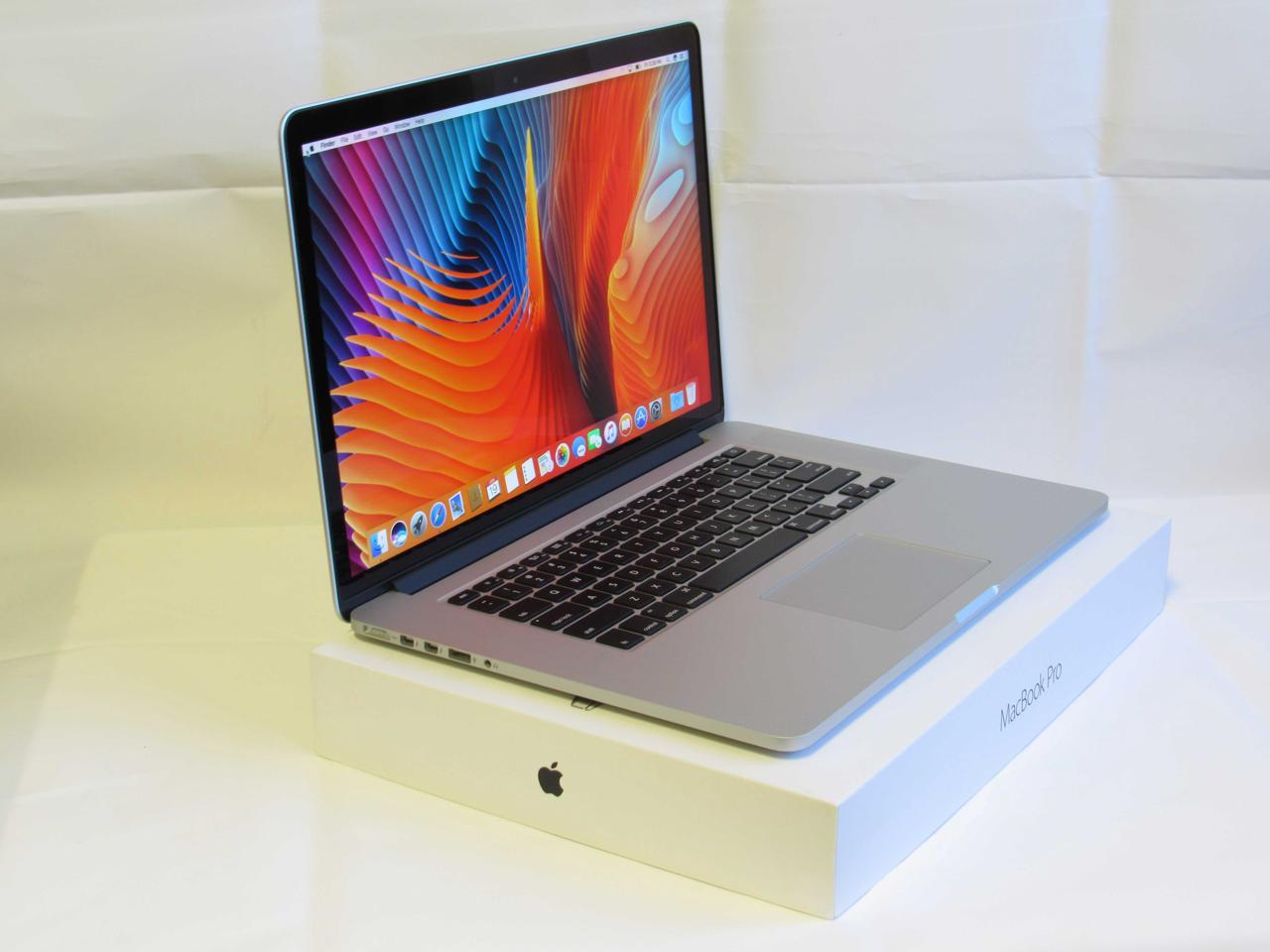
2015 MACBOOK PRO 13 REVIEW SOFTWARE
The machine featured an open architecture, as opposed to the proprietary operating systems in the competition, allowing companies and individuals to design compatible software and peripherals. Within a year, the team of 12 delivered the IBM Personal Computer. In 1980, company executives assigned lab director Bill Lowe to build a task force aimed at designing a home computer that would rival Apple, Commodore, and Radio Shack products. However, in the late 1970s, IBM saw its profits flagging in its principal business and turned its eye to the fledgling personal computer market. August 12, 1981: IBM Personal Computer Goes on Sale Twin Design/Īs its name suggests, International Business Machines sells enterprise-level computers to corporations. Microsoft sold all its shares of Apple stock by 2005, netting the company 550 million dollars. The gambit worked, and Apple became a thriving company again.

2015 MACBOOK PRO 13 REVIEW FOR MAC
In exchange for the 150 million, Microsoft received 150,000 non-voting shares of Apple stock. Gate’s company also agreed to support Microsoft Office for Mac for at least five years. As Steve Job put it during the announcement of the investment at the Macworld Expo in 1997, “If we want to move forward and see Apple healthy and prospering again, we have to let go of this notion that for Apple to win, Microsoft has to lose.” The deal made sense to Gates, who viewed Apple as more valuable as a partner than a nemesis. So, he did the previously unthinkable and approached Microsoft CEO Bill Gates for a significant investment.

But, he needed cash to keep the company afloat. After Apple’s board of directors appointed recently re-hired founder Steve Jobs as interim CEO, he instituted sweeping changes company-wide to address deeply rooted problems that were demolishing Apple’s bottom line. August 6, 1997: Microsoft Invests $150 Million in AppleĪpple’s resurrection as a profitable company in the late 1990s wouldn’t have been possible without the help of its long-time rival: Microsoft. By the time Radio Shack retired the line in the early 1990s, the company had sold nearly two and a half million units. The company released TRS-80 Model II in 1979 and the Model III in 1980. The success of the TRS-80 motivated Radio Shack to launch an entire line of home computers. It outsold both the Apple II and the Commodore PET by an enormous margin. It went on to sell over 100,000 before the end of 1977. Instead, the TRS-80 sold over 10,000 units in its first month. The company only expected to sell the computers in the hundreds. The TRS-80 succeeded beyond Radio Shack’s highest anticipations. In February 1977, their prototype received the blessing from Tandy Corporation (Radio Shack’s parent company) CEO Charles Tandy, and the computer was dubbed the “Tandy Radio Shack, Z-80,” shortened to TRS-80. The pair then traveled to California to visit National Semiconductor and ended up recruiting one of their unhappy workers, Steve Leininger, onto the project. The latter was the brainchild of Radio Shack employee Don French when he was inspired to design his own personal computer after buying a kit for the MITS Altair.įrench pitched the concept of selling home computers to Radio Shack’s vice president John Roach. August 3, 1977: Radio Shack Releases TRS-80Īugust 6, 1997: Microsoft Invests $150 Million in AppleĪugust 12, 1981: IBM Personal Computer Goes on SaleĪugust 16, 1995: Internet Explorer LaunchesĪugust 18, 1947: Hewlett-Packard IncorporatedĪugust 3, 1977: Radio Shack Releases TRS-80 REPORT/ġ977 saw the release of three nascent home computer industry pioneers: The Apple II, Commodore PET, and the TRS-80.


 0 kommentar(er)
0 kommentar(er)
